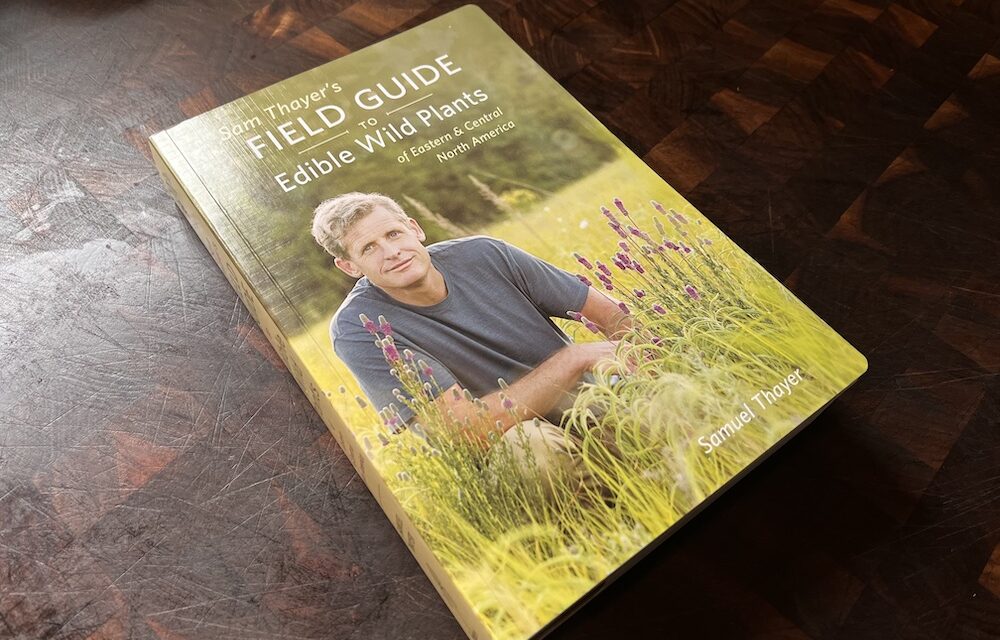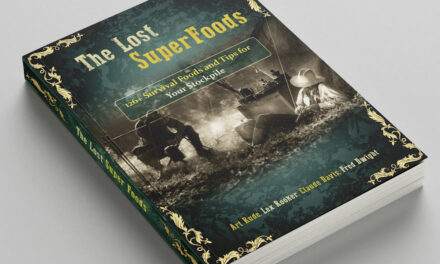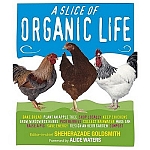Sam Thayer’s Field Guide to Edible Wild Plants of Eastern and Central North America, Foragers Harvest Press $44.95
I’ve spoken before about my admiration for the books of Samuel Thayer, and with this newly released field guide, he has set a new gold standard for the way foraging field guides will be judged in the future. This guide is truly everything I have ever wished for in a foraging book.
Covering some 700 separate plants, many of which were covered in his previous works, and with over 2,000 colour photographs to assist with final identification after one has gone through the incredibly intuitive identification colour-coded key process, this is a sheer delight to use. For those without a science/botany background, all terms used in the identification key are thoroughly explained in the illustrated glossary towards the rear of the volume.

Each plant’s entry has a “Quick Check” list, followed by an “ID Difficulty” score from 1 (easy) to 3+ (fairly challenging), and a small range map. At this point, the author suggests you make your “tentative identification” before heading into the highly detailed description section, covering basal leaves, blades, stems, grains, panicles, tubers, leaflets, midvein, flowers, fruit, inflorescence, margins, and the like.
He cautions the reader about making careless decisions during their identification. “… you are positive that you have correctly identified it, you may consider eating it. But first, ask yourself this question: Would you bet your life on it? Because when you swallow it, that’s what you are doing.” I do greatly enjoy this wry, pragmatic approach, and it’s probably one of the reasons I find his books so appealing.
Another strength of this guide is Thayer’s notes regarding other plants that each entry could be confused with. This is then followed by his notes on the plant habitats, food use, and his extensive additional comments, which are often the most entertaining and/or educational.
There’s a clearly defined red section where he does exactly the same for poisonous and confusing plants, which I found extremely useful for teaching both myself and my son about the many plants one should give a wide berth.
For those who choose not to use his invaluable identification key, there’s what he refers to as the “Regular Old Boring Index” at the back for those who wish to find the entry for a particular plant rather than go through the rather fun identification process.
Weighing in at 3.5 lbs, it’s a hefty tome and will certainly add a fair bit of mass to your foraging backpack load, but on a recent foray into the woods, it really came in handy. I started discovering many wild edibles I had previously missed on my many previous traipses along the same trails.
All in all, this is a simply superb book and a must-have for anyone in any way interested in foraging for wild edible plants.
![]()
(Five out of a possible five apples… and I’ve give it six if I could)







